The Science of Kettlebell Circuit Training: Understanding the Benefits of High-Intensity Intervals
The Science of Kettlebell Circuit Training: Understanding the Benefits of High-Intensity Intervals
Kettlebell circuit training combines strength and cardiovascular exercises into one effective workout. This method enhances fitness levels and saves time for busy individuals. High-intensity intervals maximize workout benefits, appealing to fitness enthusiasts. This exploration examines the science of kettlebell circuit training, nutritional support for performance, key exercises, and health benefits.
What is Kettlebell Circuit Training?
Kettlebell circuit training involves performing a series of kettlebell exercises. Each exercise targets different muscle groups for a comprehensive workout. Participants execute each exercise for a set time or number of repetitions, then quickly transition to the next. This circuit-style training elevates heart rates, promoting muscular strength and cardiovascular fitness.
High-intensity interval training (HIIT) underpins kettlebell circuit training. HIIT alternates bursts of intense activity with short rest periods. Research shows HIIT often outperforms steady-state cardio for improving cardiovascular fitness and burning calories. Combining kettlebell exercises with HIIT principles creates an efficient workout option.
Nutrition Tips for Optimal Performance
Nutrition significantly impacts the success of kettlebell circuit training. A balanced diet delivers energy and nutrients for optimal performance and recovery. Consider these nutrition tips for kettlebell training.
Pre-Workout Nutrition
Eating a light meal or snack before training improves workout performance. Combine carbohydrates and protein to fuel your body. Foods like bananas, yogurt, or oatmeal provide quick energy, while nuts or Greek yogurt maintain muscle mass. Consume these foods 30 to 60 minutes before your workout for digestion and energy availability.
Post-Workout Recovery
Recovery nutrition is as crucial as pre-workout nutrition. After kettlebell training, your muscles need protein for repair and recovery. Lean meats, eggs, and plant-based proteins work well. Pair protein with carbohydrates to replenish glycogen stores depleted during exercise. Enjoy a post-workout smoothie, protein shake, or balanced meal with lean protein and complex carbohydrates for optimal recovery.
Stay Hydrated
Hydration plays a critical role in performance. Dehydration impairs your ability to perform at high intensity, reducing strength and endurance. Drink water before, during, and after kettlebell training sessions.
Conclusion
In summary, kettlebell circuit training offers a powerful workout combining strength and cardio. Proper nutrition and hydration enhance performance and recovery.
Below are related products to the topic if you’re interested:
FAQ
What is kettlebell circuit training?
Kettlebell circuit training involves performing a series of kettlebell exercises that target different muscle groups for a comprehensive workout. Participants execute each exercise for a set time or number of repetitions, then quickly transition to the next, elevating heart rates and promoting both muscular strength and cardiovascular fitness.
How does nutrition affect kettlebell circuit training performance?
Nutrition significantly impacts the success of kettlebell circuit training. A balanced diet provides the energy and nutrients necessary for optimal performance and recovery. Consuming a light meal or snack high in carbohydrates and protein before training can enhance workout performance, while post-workout nutrition that includes protein and carbohydrates aids in muscle recovery.
Why is hydration important during kettlebell training?
Hydration is critical for maintaining performance during kettlebell training. Dehydration can impair strength and endurance, making it difficult to perform at high intensity. It is essential to drink water before, during, and after training sessions to support optimal performance.
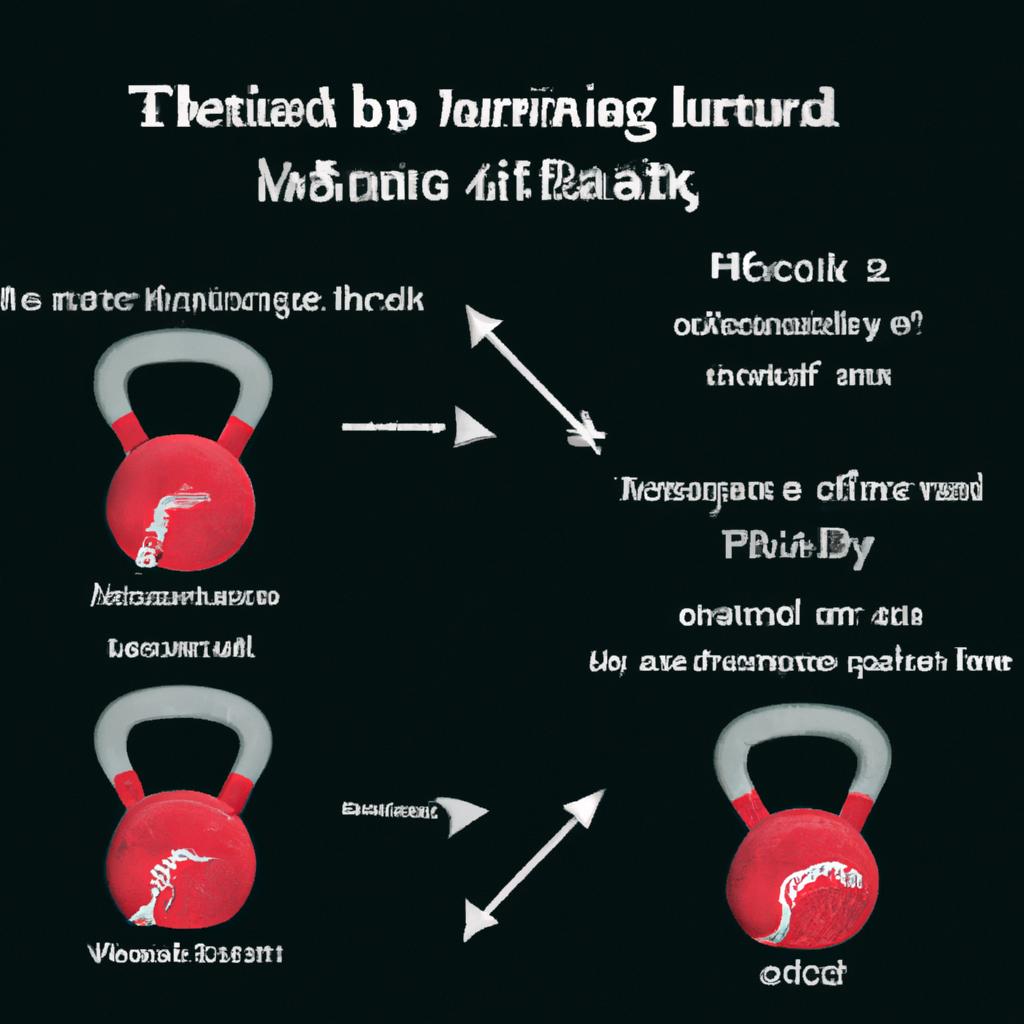


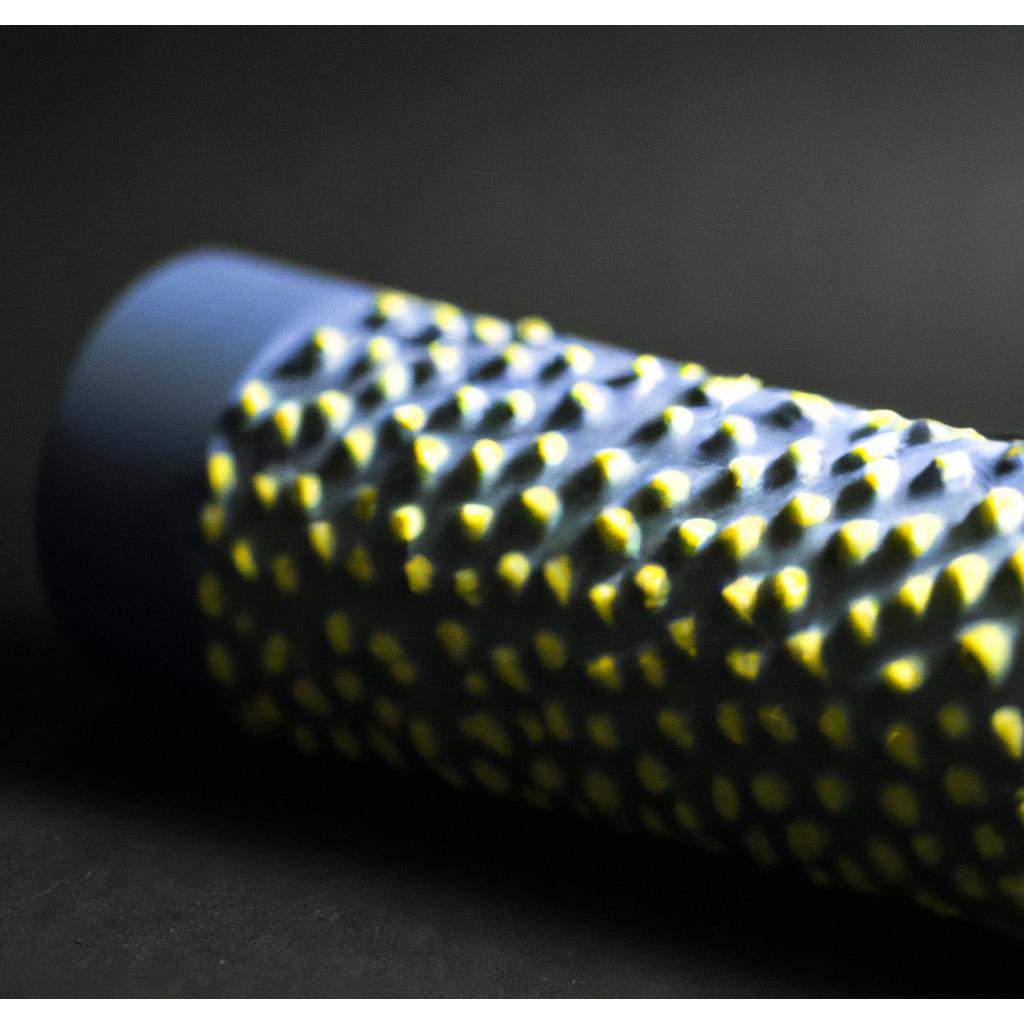


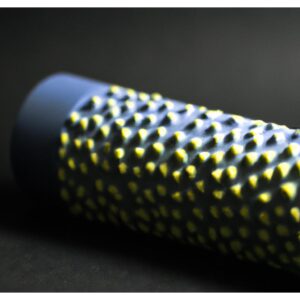






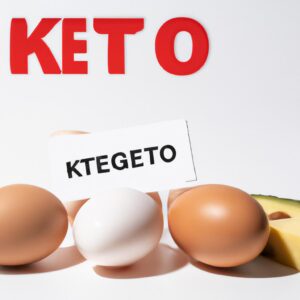
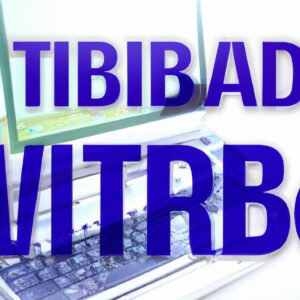
Post Comment